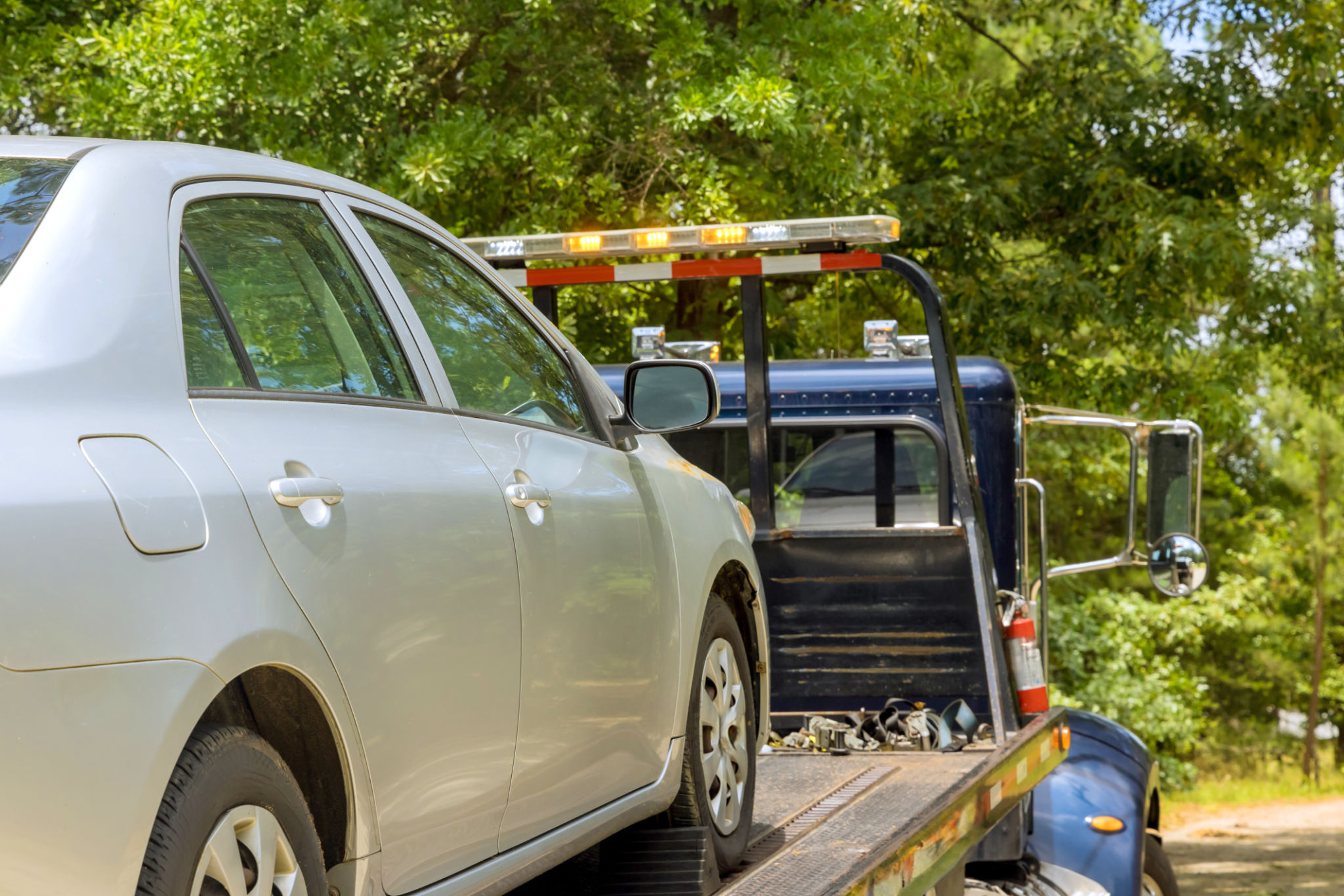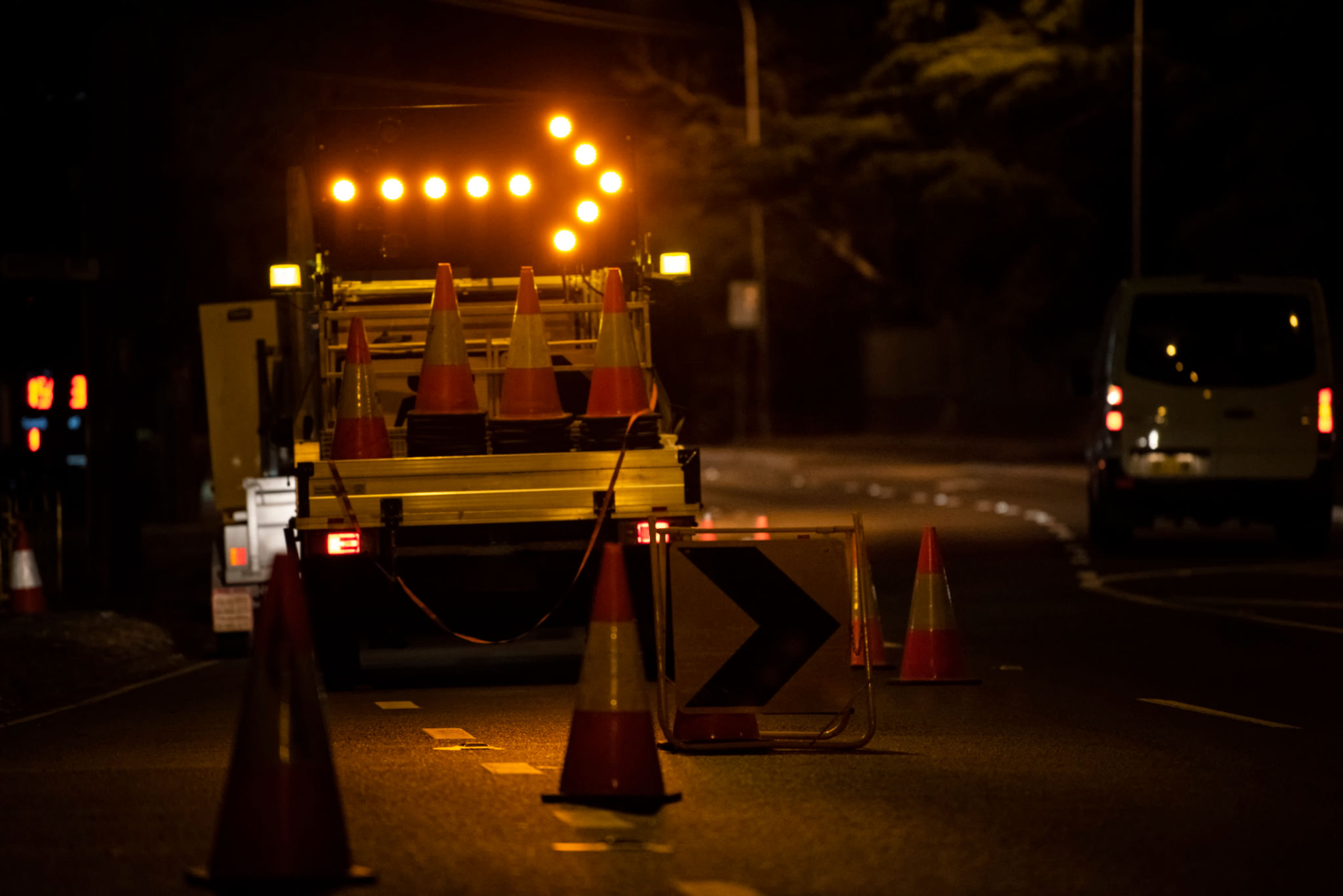What to Do If Your Car Breaks Down on I-70: A Step-by-Step Guide
SN
Stay Calm and Safe
If your car breaks down on I-70, the first and most important step is to remain calm. Panicking can lead to poor decision-making, so take a deep breath and focus on ensuring your safety.
Immediately turn on your hazard lights to alert other drivers that your vehicle is experiencing issues. This is crucial, especially on a busy highway like I-70, where cars may be traveling at high speeds.

Move Your Vehicle to a Safe Location
If possible, try to steer your vehicle to the shoulder of the highway. This will keep you out of the flow of traffic and reduce the risk of an accident. If you can't move your car, stay inside with your seatbelt fastened until help arrives.
Once you have reached a safe location, stay inside your vehicle. Exiting your car on a busy highway can be dangerous due to fast-moving traffic.
Assess the Situation
After ensuring your safety, assess the situation by checking for visible signs of damage or issues with your vehicle. This will help you determine the next steps and communicate effectively with roadside assistance or a tow service.
Make a note of any warning lights on your dashboard or unusual sounds coming from your vehicle. These details can be helpful when seeking assistance.

Contact Roadside Assistance
If you have roadside assistance as part of your insurance or through a separate service, now is the time to contact them. Provide them with your location, a description of your vehicle, and any symptoms or issues you have identified.
If you don't have access to roadside assistance, consider contacting a towing service directly. Keep emergency contact numbers handy in case of situations like this.
Stay Visible and Safe
While waiting for help to arrive, make sure you're visible to other drivers. Keep your hazard lights on and consider using reflective triangles or flares if you have them in your emergency kit.
Avoid standing outside the vehicle or near traffic lanes. It's safer to remain inside with your seatbelt fastened until help arrives.

Communicate with Authorities
If your vehicle poses a risk to traffic or is blocking lanes, it's important to notify local authorities. They can assist in managing traffic and ensuring everyone's safety on the road.
Use your mobile phone to dial emergency services if necessary, providing them with accurate details about your location and situation.
Plan for Future Breakdowns
Once you're back on the road, take steps to prepare for any future breakdowns. Consider keeping an emergency kit in your car that includes items like jumper cables, reflective triangles, a first-aid kit, and bottled water.
Regular maintenance checks can also help prevent breakdowns by identifying potential issues before they become serious problems.
Share Your Experience
After resolving the situation, consider sharing your experience with friends or online forums. Your insights might help others who find themselves in a similar predicament on I-70 or other highways.
Additionally, review your roadside assistance coverage and make adjustments if necessary to ensure you're well-prepared for any future incidents.